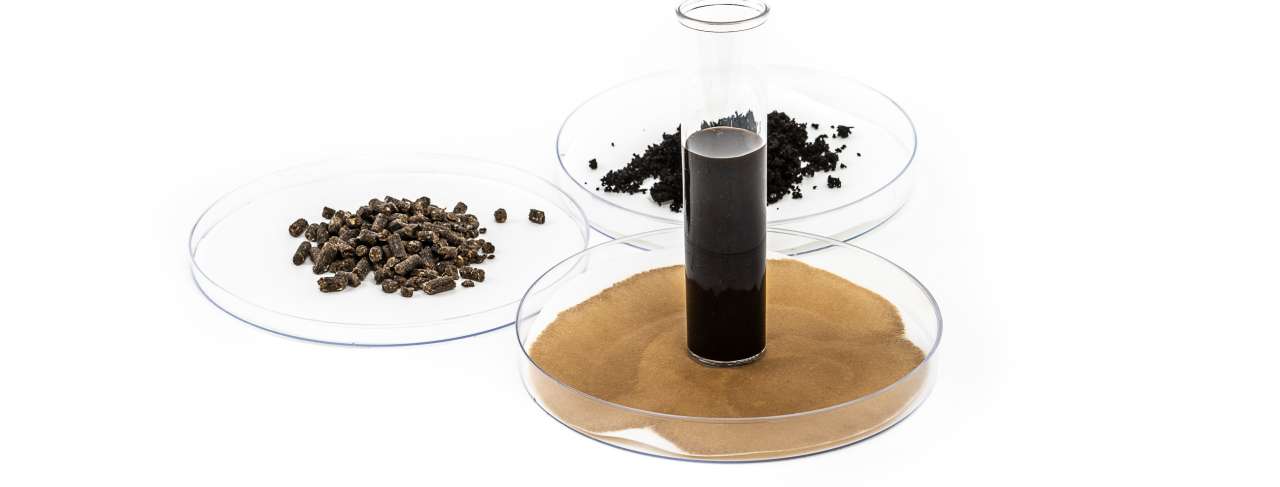Pesticide residues in organic fertiliser

Photo: Erling Fløistad
In 2023, NIBIO analysed samples from 60 organic fertiliser products on the Norwegian market, following earlier findings of problematic herbicide residues in plant nutrients approved for organic farming.
“The study detected residues in 48% of Norwegian and 64% of imported samples. Residues were most common in pelleted (79%) and liquid fertilisers (75%), but rare in growing media/compost (17%),” explains research scientist Marit Almvik. The clopyralid levels in liquid fertilisers were lower than in 2021, suggesting progress by the industry in reducing transfer of clopyralid to organic fertilisers.
Aminopyralid was not detected, and no pyralids were found in compost. However, clopyralid was often found in pelleted fertilisers, including those based on livestock manure and insect frass, where it was detected for the first time. Clopyralid levels above 50 µg/kg in the pelleted fertilizer may harm clopyralid-sensitive plants, such as tomatoes, peas, and lettuce, depending on dosage and use.
To avoid clopyralid residues, it is recommended to exclude raw materials treated with clopyralid during fertiliser production. The EU is introducing labelling requirements for processed manure-based fertilisers to raise awareness. The concentrations of other types of pesticides were low and comparable to those found in soils. Fungicide residues were most frequent.
For professional users, pesticide residues in fertilisers can cause challenges, particularly in organic production, where residues may breach regulations if detected in the crops. The Fertiliser Regulation requires preventive measures but does not set thresholds for harmful levels. Based on findings, NIBIO recommends including at least 39 pesticides, their degradation products, and some plant toxins in future analyses of organic fertilisers.
Contacts

Purpose
To map pesticide residue levels in 60 organic fertiliser products available on the Norwegian market.
Funding: Norwegian Food Safety Authority
Contacts

